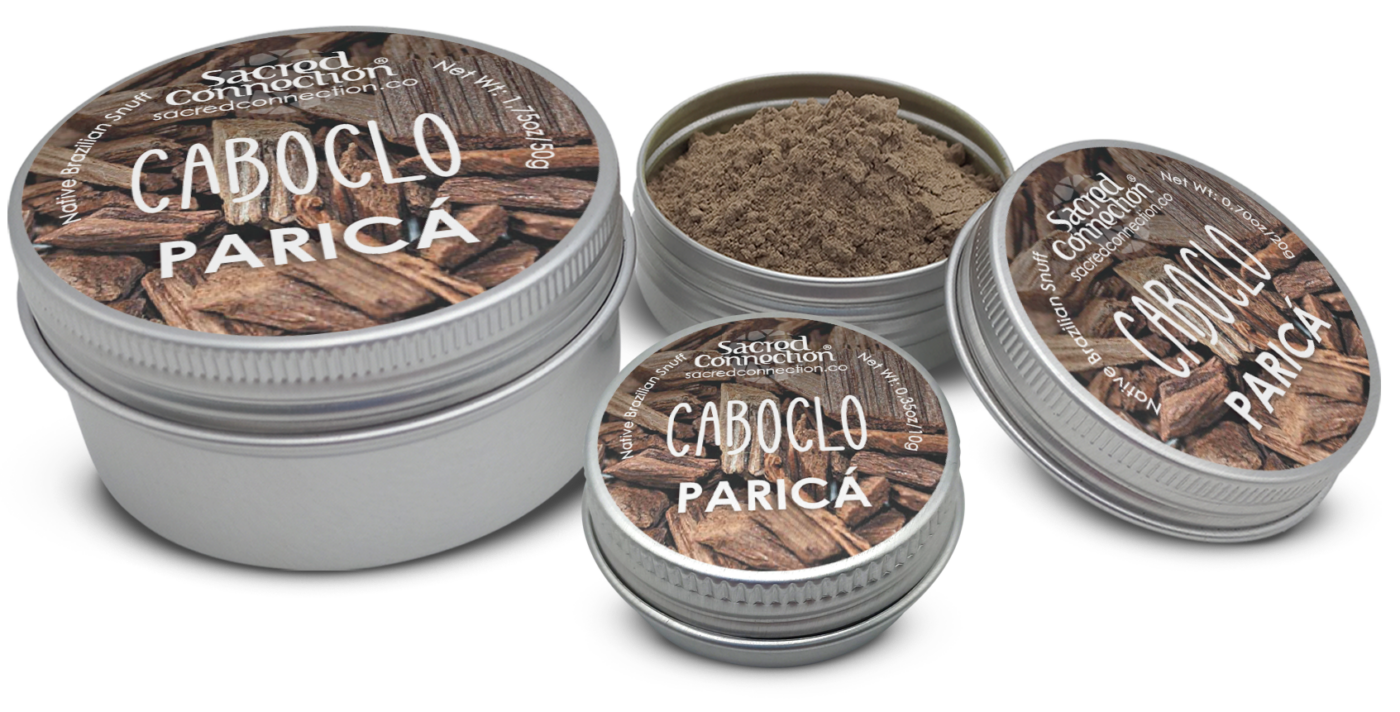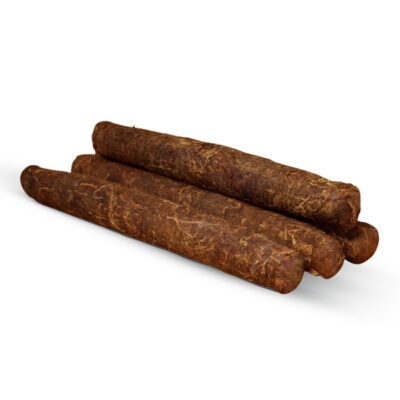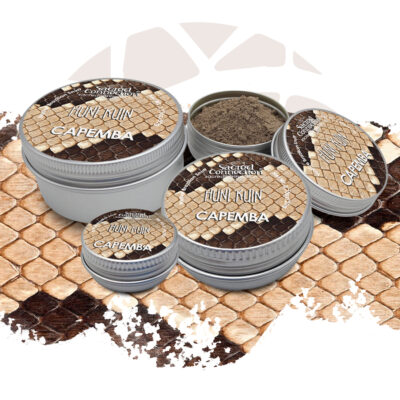Die Bedeutung von Caboclo
In der brasilianischen Kultur, insbesondere bei den im Amazonaswald lebenden Völkern, steht das Wort Caboclo für die Vereinigung verschiedener Kulturen: Menschen, die als Caboclos gelten, sind gemischter Abstammung, oft eine genealogische Kombination aus europäischem, indigenem und afrikanischem Erbe und Genetik. Diese Verschmelzung bedeutet auch die Integration verschiedener Sitten und Gebräuche in das tägliche Leben der Gemeinschaften, die sie bilden.
Schamanische Schnupftabake, die von Caboclos kreiert und hergestellt werden, tragen oft die gleiche Bezeichnung und spiegeln die gemischten Aspekte aller Kulturen wider, die ihre individuelle Geschichte und Abstammung ausmachen. Solche Schnupftabake gelten in der Regel als eine der wirksamsten Varianten dieser heiligen Medizin, da ihre Rezeptur in der Regel aus rustikalen Tabakblättern zu bestehen scheint, und es gibt lokale historische Aufzeichnungen, die von der Verwendung von Caboclo-Schnupftabak durch Pajés (schamanische Heiler) auf ihren spirituellen Reisen, bei Zeremonien und Riten berichten, insbesondere bei solchen, die der Heilung dienen und die Meditation und Transzendenz beinhalten.
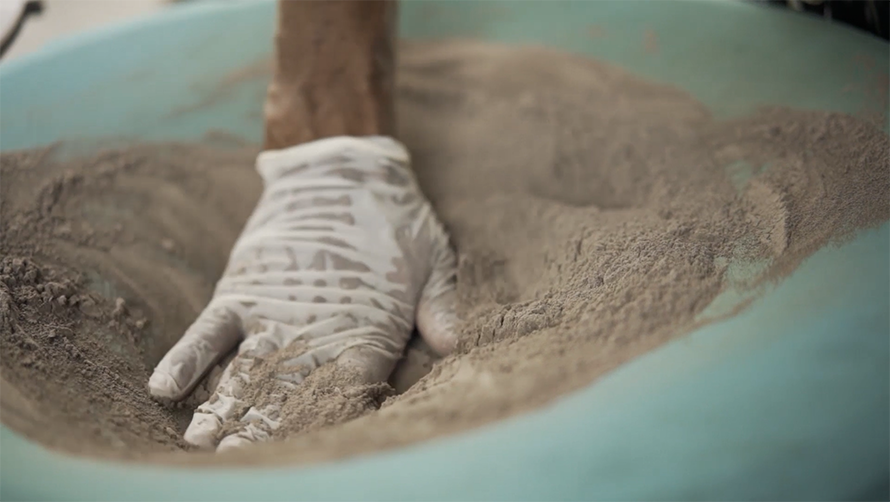
Baum der vielen Namen
Brasilianischer Feuerbaum, Turmbaum, Farnbaum, Xinxá, Paricá, Pashaco, Cerebó, Schizolobium amazonicum. Diese außergewöhnliche Pflanze ist in Mittel- und Südamerika beheimatet und häufig in den Regionen von Kolumbien, Peru, dem Süden Venezuelas und der nordwestlichen Region des brasilianischen Amazonas zu finden. Es handelt sich um einen Baum, der eine große Menge an Samen produzieren kann und in relativ kurzer Zeit (etwa 4 bis 5 Jahre) eine Höhe von etwa 25 Metern erreicht, wenn er ausgewachsen ist.
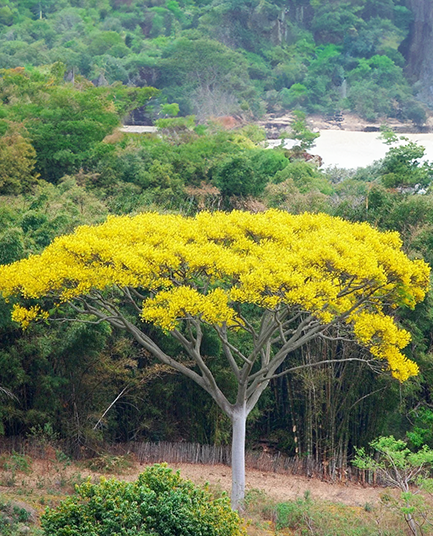
Sie gedeiht in heißem, tropischem Klima, und ihr Stamm ist, obwohl er dünn zu sein scheint, in Wirklichkeit recht robust und widerstandsfähig. Seine Krone wird lebendig und leuchtet in spektakulären Gelbtönen, wenn seine Blüten erblühen und die Luft mit einem einzigartigen, herrlichen Duft erfüllen.
In der Kultur wird die Frucht als Heilmittel für Atemwegs- und Fortpflanzungsprobleme verwendet, während das Gummi der Rinde zur Herstellung von Aufgüssen, Sirup und sogar Farben verwendet wird. Dieser Extrakt kann zu Medikamenten gebraut werden, die Husten und die Symptome von Prellungen und Rheuma lindern.
Um den Paricá-Baum in seinem natürlichen Lebensraum zu sehen und ein wenig mehr über ihn zu erfahren, schauen Sie sich dieses Video an! Vergessen Sie nicht, die englischen Untertitel einzuschalten.
Die Reise des Masterminds
Jesse Nunes de Paula, ein im Amazonaswald geborener und aufgewachsener Rapé-Macher, erzählt uns von der komplizierten und experimentellen Reise, die er mit seinen Studien über Heilpflanzen durchlaufen hat, von der Einnahme schamanischer Schnupftabak-Pflanzen, die von seinen Brüdern verwendet wurden, bis hin zur Erleuchtung, die in der Schaffung von etwas Neuem und Einzigartigem resultierte, das nun bei unzähligen Mitgliedern seiner Gemeinschaft und Naturheilkundlern auf der ganzen Welt bekannt ist.
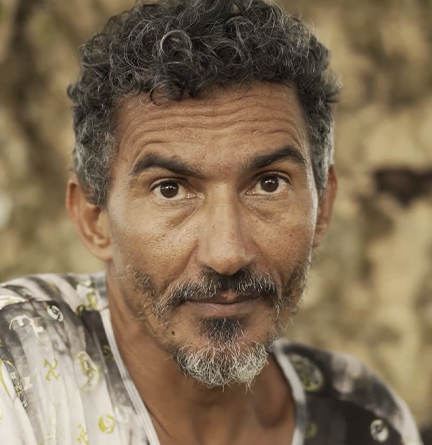
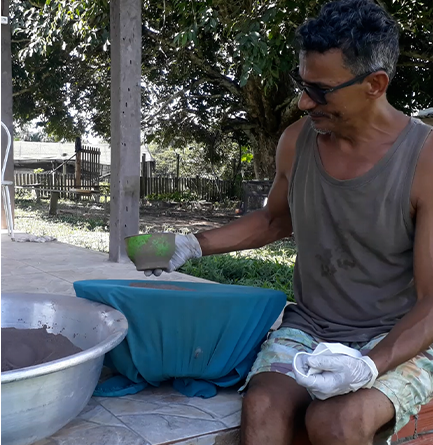
In an interview for Sacred Connection, he explains that the creation of his Caboclo Paricá Rapé was “an experiment, a revelation.” Its name comes from a tree that is usually referred to as Xixá, but which Jesse refers to as Paricá; this plant was a source of inspiration and insight, as it represents and offers, as part of the snuff, a deep connection with Mother Earth’s powers. Jesse explains that this potent energy can be felt especially around the head area, but that, by taking his rapé, people can feel it flowing all through their body.
Der Rapé-Meister schildert dann, wie die Weitergabe der Rapés von ihm und seinen Brüdern zum Gedeihen seines Dorfes und seines Volkes beigetragen hat, denn die Einnahmen aus dem Verkauf sorgen für Nachhaltigkeit und helfen ihnen, mit den sie umgebenden natürlichen Ressourcen umzugehen, und sind gleichzeitig ein weiterer Grund, den Prozess der Wiederaufforstung zu unterstützen, denn für jede heilige Medizin werden andere Pflanzenarten benötigt, die in den jeweiligen Regionen heimisch sind.
Begib dich mit unserem Bruder
Jesse auf eine spannende Reise und erfahre alles über seinen
Caboclo Paricá rapé!
